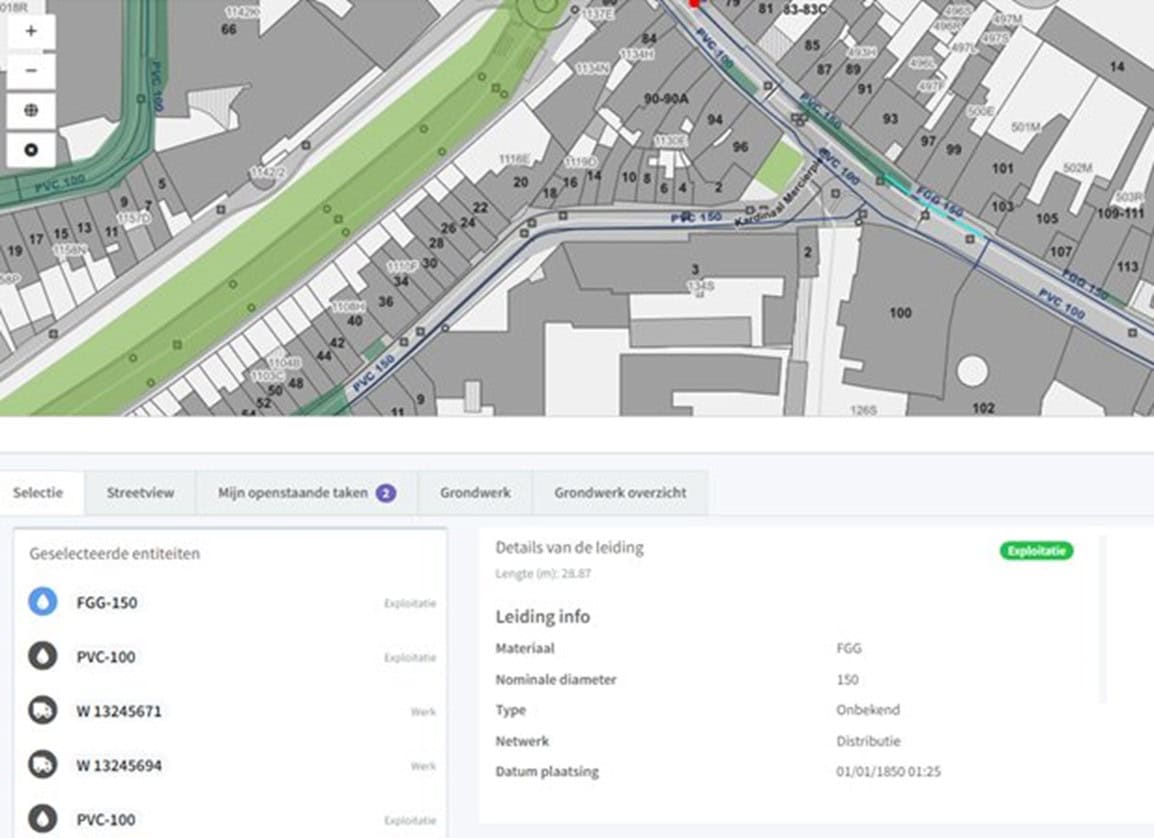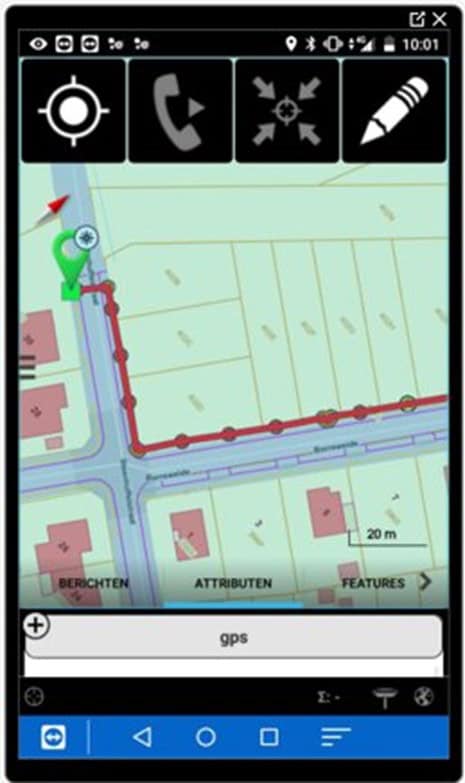At the heart of Flemish infrastructure flows a wave of innovation driven by the region’s largest integrated drinking water company, De Watergroep. With a mission encompassing both the supply of drinking water and the management of sewer systems, this company has established itself as a crucial utility for millions of citizens. The organization stands out for its pioneering role in applying geographic information systems (GIS), a turning point that has significantly improved operational efficiency and customer service.
We spoke with Kim De Latthauwer, ICT Team Manager GIS/CAD, who leads a group of six within the ICT cell. They are dedicated to the technical implementation of GIS and CAD technologies, which form the backbone of the company’s digital strategy.
The Choice for a Fully Digital Approach
The choice for GIS was driven by the need for accurate asset inventory and valuation of the drinking water network. However, until 2010, the limitations of a paper-based system and the low return on investment from GIS investments hindered the full potential of this technology. De Watergroep faced a challenge: transitioning to a fully digitized system and expanding GIS capabilities to all operational applications, including data and network management.
The change came when De Watergroep collaborated with SIGGIS and Esri BeLux to bridge this digital gap. Their approach, using the then-advanced ArcMap and HTML5 technology, led to the introduction of web-based GIS viewers that transformed data accessibility and usage within the organization.

Synergy Between Technology and Strategy

The result of this collaboration is nothing short of a milestone. Since the initial setup of two simple viewers in 2014, De Watergroep now has seven advanced viewers and five management portals, operated by more than 1,200 employees, with at least 500 using them daily. These tools have evolved into essential business assets, crucial for daily network management and critical business decisions.
What was most appreciated in the collaboration with Esri BeLux and their partners was the autonomy that allowed for rapid, independent development and customization of their web GIS portals. This flexibility has enabled De Watergroep to quickly adapt to requests from business partners and ongoing changes in the business environment. The accessibility and versatility of the ArcGIS and Geocortex technologies used have resulted in a strong synergy between technology and business strategy.
Mapping Out the Future
Looking at the future, De Watergroep is determined to further integrate GIS technology within their business processes by introducing GIS-centric working. This approach starts with the registration of a location or geometry, rather than adding it later in the process. This method promises to radically change how tasks are recorded and managed and requires a change in corporate culture and processes. The biggest obstacle is not the technology itself, but the change management required. The ICT cell GIS/CAD is convinced that even non-technical profiles can make the necessary registrations on the map, contributing to the efficiency and accuracy of the entire process.
This highlights just a part of the extensive efforts and thoughtful execution of GIS projects at De Watergroep. It is clear that De Watergroep has paved a path that will not only reshape the water management industry but also change how we think about and work with geospatial data.


